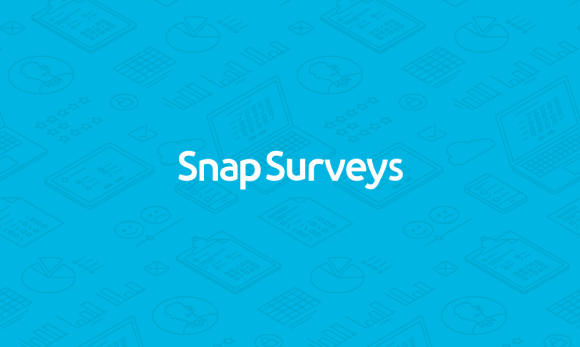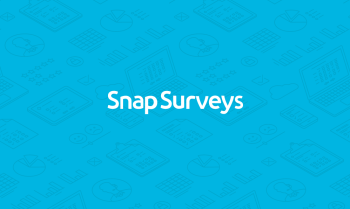As we defined in yesterday’s blog post, Customer Satisfaction vs. Customer Loyalty, customer loyalty consists of two factors – loyalty behavior and loyalty attitudes. Loyalty behavior (or customer retention) is when customers make repeat purchases of current brands, rather than buy from competitor brands. And, loyalty attitudes are opinions and feelings about products, services, brands, or businesses that are associated with repeat purchases.
Customer loyalty is a critical component of maintaining a successful, long-term business. Customers that are vigilant users of your products or services are more likely to be repeat customers and recommend your business to others – keeping the business relationship alive and away from your competition.
Customer loyalty programs can be implemented into your overall business plan and be used to expand your business. Consider using online survey software to create customer loyalty surveys. Many experts believe that online customer loyalty surveys are a strong research method. By allowing customers to provide feedback and be more involved in the company experience, your business is building a stronger loyalty base and bond with your customers. Implementing a regular customer loyalty survey may cause a noticeable positive shift in your company’s overall loyalty.
There are, however, several common mistakes that businesses make when implementing customer loyalty surveys that can have an impact on the success of your customer loyalty program. The three most common mistakes are outlined below. By avoiding these three pitfalls, your business can create a successful customer loyalty survey program.
3 Customer Loyalty Survey Mistakes
- Do not use as a marketing tool. The main goal of customer loyalty surveys is to capture data to obtain perspective on the way your customers perceive your company’s total operations. Customer loyalty surveys should not be used as a tool to promote or market new products and services to customers. You may run the risk of turning customers off, making them feel that your company is not taking their responses seriously. Capturing meaningful feedback from customers should be the main goal of your customer loyalty survey and customer satisfaction surveys.
- Analyze your survey data equally. Your company may offer a variety of products and services. Your product and service offerings may attract customers of varying sizes, some of which may spend a considerable amount more than other customers. Depending on the expectations of your customer loyalty survey, consider weighing the survey data based on the customers that generate the most profit. Or, you may want to find a way to distribute the data – depending on how the data is going to be used and how it will affect strategic business decision-making. Using weights in survey analysis can be used to change the proportions or balance of a sample group.
- Ask relevant questions. When conducting customer loyalty surveys, ensure that you are asking questions that will yield results you are trying to achieve. For example, when measuring customer loyalty, you may design the online survey to ask only questions about how the customer views your products. By doing this, you run the risk of missing out on valuable feedback about other aspects of your business, such as information about services you offer, aspects of your brand, or whether or not a customer uses a competitor. Ensure that you include all the questions necessary to accurately gauge customer loyalty. Ensure that the questions you are asking provide you with the results your business needs.
Customer loyalty survey data has incredible value because it provides your business with the information necessary to accurately gauge the future direction of your business.

